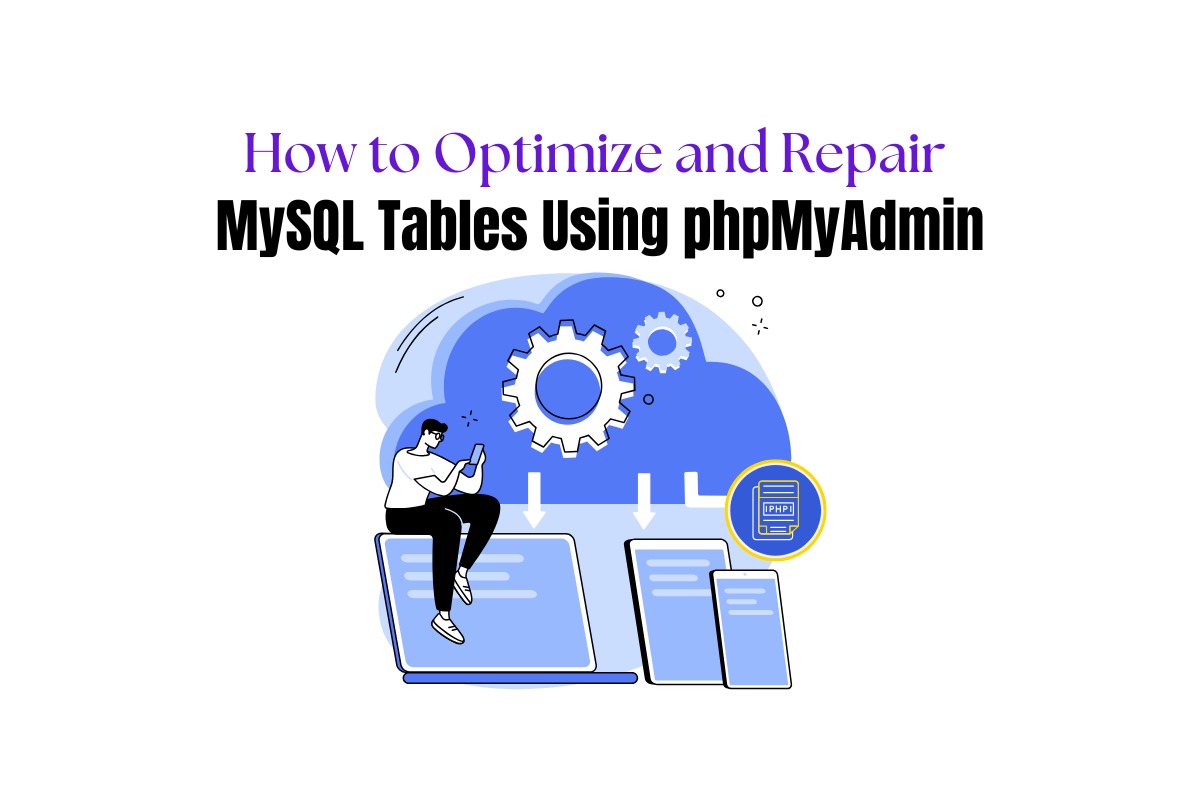
How to Optimize and Repair MySQL Tables Using phpMyAdmin
MySQL is one of the most popular relational database management systems used to power dynamic websites and applications. Over time, as databases grow and evolve, tables within MySQL databases may become fragmented or corrupted, leading to performance issues and potential data loss. To address these issues and ensure optimal database performance, it’s essential to regularly optimize and repair MySQL tables. In this article, we’ll explore how to optimize and repair MySQL tables using phpMyAdmin, a popular web-based administration tool for MySQL databases.
What is phpMyAdmin?
phpMyAdmin is a free and open-source web-based tool written in PHP, designed to provide a user-friendly interface for managing MySQL databases. With phpMyAdmin, users can perform various database administration tasks, including creating, modifying, and deleting databases, tables, and records, as well as executing SQL queries and managing user permissions.
Why Optimize and Repair MySQL Tables?
Optimizing and repairing MySQL tables is essential for maintaining database performance, stability, and integrity. Over time, as data is inserted, updated, and deleted from tables, fragmentation may occur, resulting in inefficient storage and retrieval of data. Additionally, tables may become corrupted due to factors such as hardware failures, software bugs, or unexpected shutdowns. Optimizing and repairing MySQL tables help:
1. Improve database performance by reducing fragmentation and optimizing storage.
2. Prevent data loss and corruption by identifying and repairing table errors.
3. Ensure data integrity and consistency for reliable application functionality.
Optimizing MySQL Tables Using phpMyAdmin:
Follow these steps to optimize MySQL tables using phpMyAdmin:
1. Access phpMyAdmin: Log in to your web hosting control panel or navigate to the phpMyAdmin URL provided by your hosting provider.
2. Select Database: Choose the database containing the tables you want to optimize from the list of available databases in phpMyAdmin.
3. Select Tables: Click on the “Check All” link or manually select the tables you want to optimize by checking the checkboxes next to their names.
4. Choose Optimization: From the “With selected:” dropdown menu at the bottom of the table list, select “Optimize table.”
5. Execute Optimization: Click the “Go” button to execute the optimization process. phpMyAdmin will optimize the selected tables and display the results.
Repairing MySQL Tables Using phpMyAdmin:
Follow these steps to repair MySQL tables using phpMyAdmin:
1. Access phpMyAdmin: Log in to phpMyAdmin and select the database containing the tables you want to repair.
2. Select Tables: Choose the tables you want to repair by checking the checkboxes next to their names.
3. Choose Repair: From the “With selected:” dropdown menu, select “Repair table.”
4. Execute Repair: Click the “Go” button to execute the repair process. phpMyAdmin will repair the selected tables and display the results.
Conclusion of
Optimizing and repairing MySQL tables using phpMyAdmin is a straightforward process that helps maintain database performance, stability, and integrity. By regularly optimizing and repairing tables, you can ensure efficient storage and retrieval of data, prevent data loss and corruption, and maintain the overall health of your MySQL databases. Whether you’re a web developer, database administrator, or website owner, phpMyAdmin provides a user-friendly interface for managing MySQL databases and performing essential maintenance tasks to keep your databases running smoothly.





